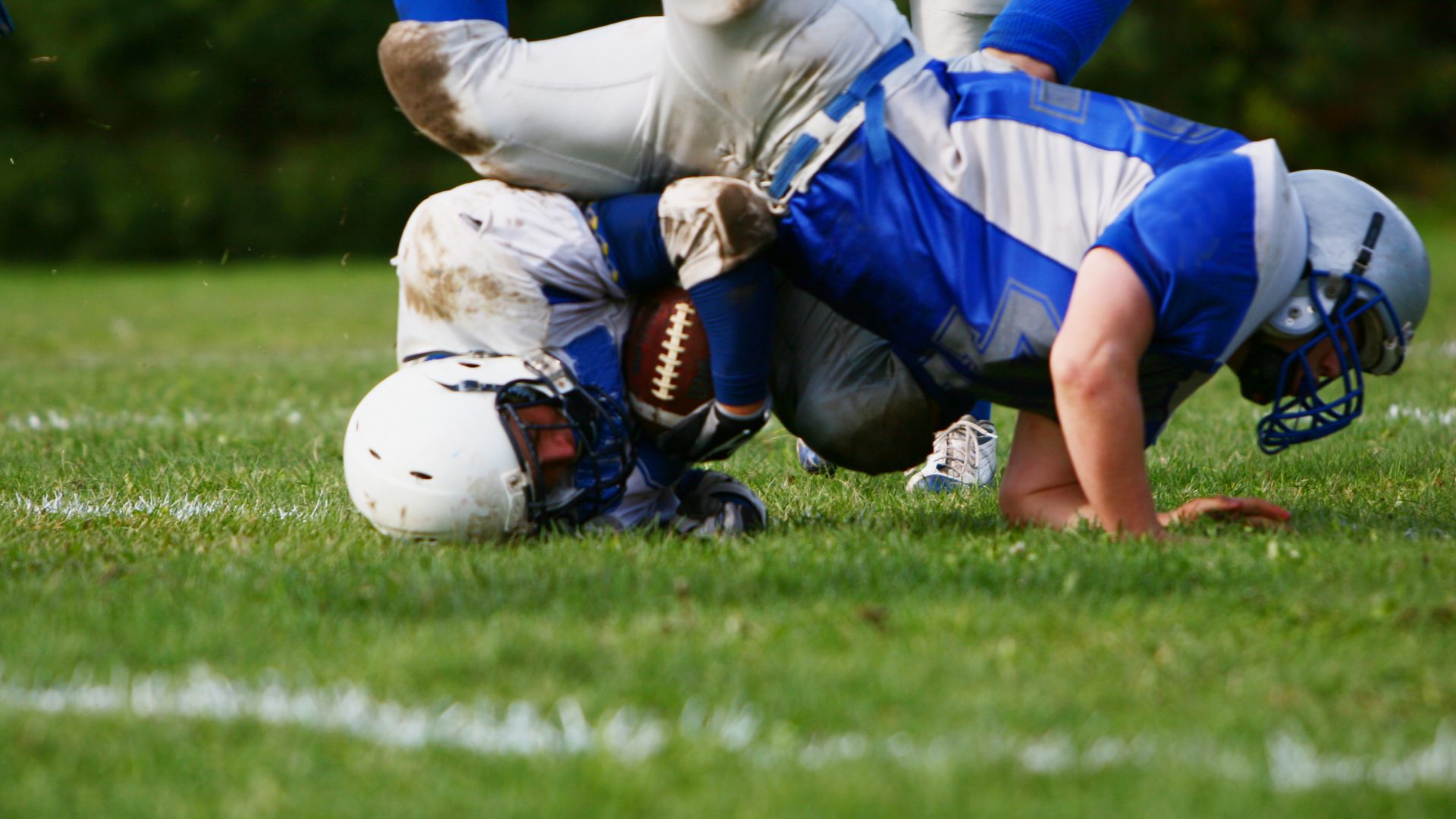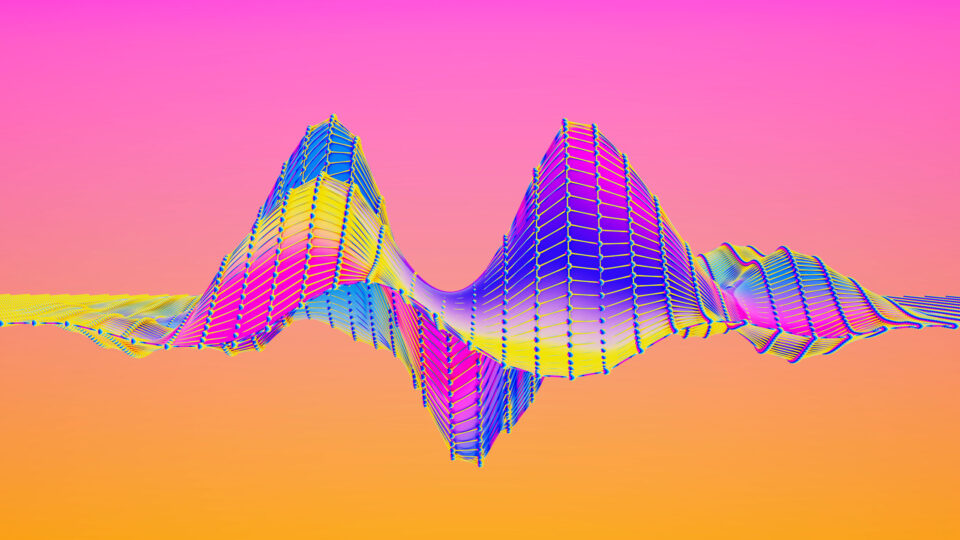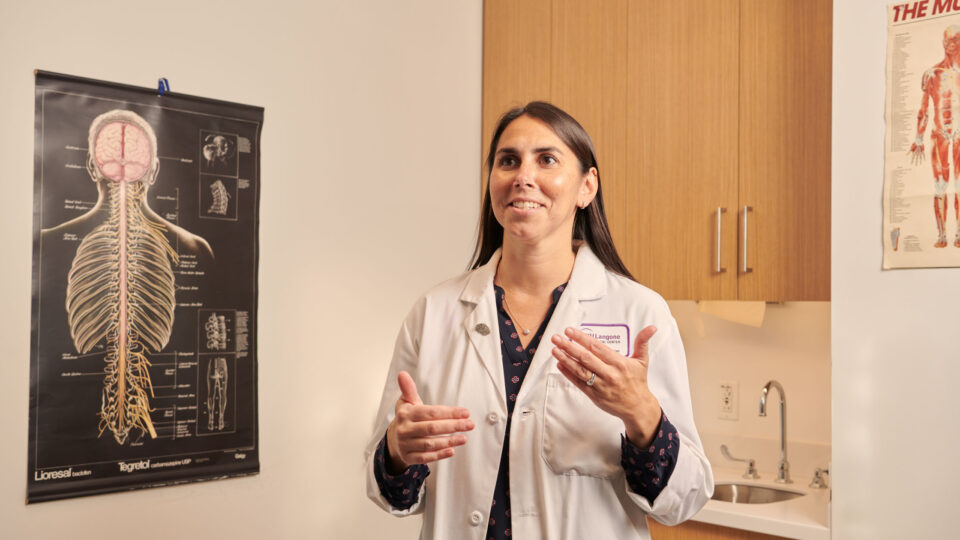Rapid Automized Naming (RAN) tasks have shown strong potential in the assessment of a variety of neurologic disorders. One RAN task, the Mobile Universal Lexicon Evaluation System (MULES) test, has also been shown to accurately detect sports-related concussion in a sideline setting, when used in conjunction with the Staggered Uneven Number (SUN) test.
Laura J. Balcer, MD, MSCE, and Steven L. Galetta, MD, lead the NYU Langone Health team that developed both the MULES and SUN tests. They recently partnered with Marc J. Balcer, MS, a software developer and Dr. Balcer’s brother, to create a mobile version of the tests. The Mobile Integrated Cognitive Kit (MICK) is optimized for use on a tablet device, allowing for greater flexibility in onsite testing.
“Because it is portable, the MICK app has important implications for scalability, applicability and accessibility of RAN tasks to assess patients with neurologic disease, perhaps even remotely from the office setting,” says Dr. Balcer.
“The MICK app has important implications for scalability, applicability and accessibility of RAN tasks to assess patients with neurologic disease.”
Laura J. Balcer, MD, MSCE
Sideline Concussion Analysis
MULES and SUN were developed in partnership with NYU Langone’s Concussion Center, where Drs. Balcer and Galetta have been involved in decades-long research on the use of rapid number naming, rapid picture naming and laboratory-based eye tracking in the diagnosis and sideline assessment of sports-related concussion.
“Most studies that assess neurologic function have concentrated on walking and maybe cognition, despite the enormous importance of vision,” explains Dr. Galetta. “These tests help assess the many visual pathways in the brain affected by a concussion, and how we can better examine and treat athletes and other patients.”
MULES reflects 80 years of literature on RAN tests that assess vision and cognitive performance; the newer SUN test also captures eye movement, concentration, and visual processing. “MULES and SUN are based on a long continuum of research into the biological underpinnings of neurologic injury,” Dr. Galetta says.
“These tests help assess the many visual pathways in the brain affected by a concussion, and how we can better examine and treat athletes and other patients.”
Steven L. Galetta, MD
Building and Testing a Mobile Option
Dr. Balcer remarks that invention comes naturally to her and her brother, Mark – their father, “Mick,” was a civil engineer. “In addition to portability for clinical assessment, we wanted to create a mobile testing option that would provide widespread access for research, the potential for data sharing, and integration into electronic medical records,” she says. “We also wanted it to be free to anyone. Grateful patients have started a fund to make this possible.”
A new study published in the Journal of the Neurological Sciences compares the digital version of the MULES and SUN tests in the MICK app with the current paper versions. The MICK app format demonstrated excellent agreement of time scores with paper-pencil testing among adult volunteers.
Additionally, the team has completed pilot testing with Yeshiva University, and the Michigan State University and Penn State University football teams are testing the app to compare baseline and sideline data.
Broadening Applications
Beyond concussion, the team is using the MULES and SUN tests to aid in detection of other neurologic disorders. “We’ve found that the MULES test in particular can separate patients from controls who have multiple sclerosis, Parkinson’s disease, and more recently those who have mild cognitive impairment related to Alzheimer’s disease versus those with normal aging,” says Dr. Balcer.
The military has shown interest in using the MICK app for traumatic brain injury. Navy Seals who are now NYU Grossman School of Medicine students will be working with the team to study the viability of the technology in the field. MULES has also been tested in cohorts of post-call residents and COVID-19 survivors.
“We have seen that picture naming differentiates people who’ve had COVID with those who haven’t had COVID,” Dr. Balcer notes. “This may reflect cognitive impairment, in part.”
“We’re excited about the many prospects ahead for this application,” Dr. Galetta says. “As neuro-ophthalmologists, we try to fill the gap between where the optic nerve begins and how it projects to the brain. It is important that physicians understand how visual dysfunction may be indicative of neurologic disease.”







